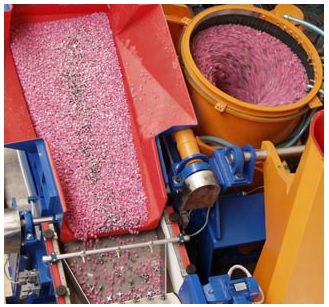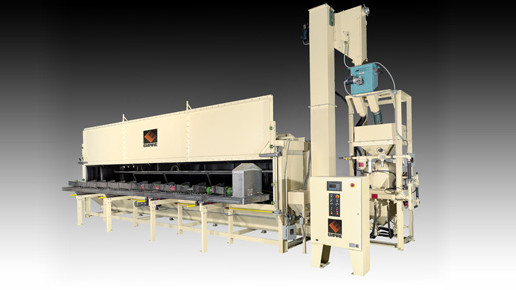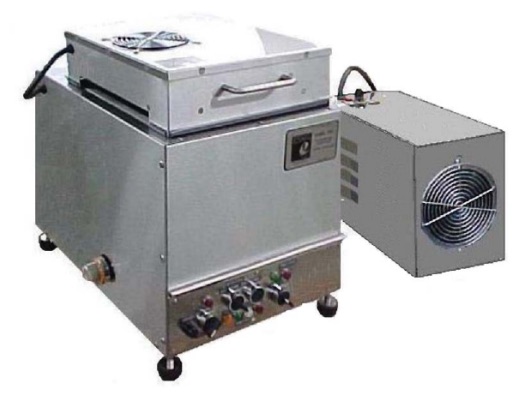A parts cleaning system may take many forms; spray washers, rotary washers, agitating parts washers and drum washers are all common models that thoroughly sanitize and smooth the product material in different fashions. A spray washer is the only model through which the conveyor belt actually passes, serving as the foundation for the products as they are sprayed clean of all debris and grime. The other models involve immersion of the products into various vessels. Any parts cleaning system that is integrated into a manufacturing line may need to be customized for the dimensions and load size of the product being produced by that company. Both the cleaning process and the conveyor belt that gets it through are vital to the manufacturing industry.
Without the conveyor belt, what would manufacturing companies do? It is what enables mass production to take place with such speed and efficiency. The conveyor belt must also conform to a few different machining environments as it takes products for a ride. One such conformity involves being water-proof when a parts cleaning system is involved in the manufacturing process, as it usually is.
A conveyor belt may move a piece of metal or plastic through an injection molding or metal shaping process through to a cutting or etching machine. After this, the amount of debris, oil, abrasive dust and chemicals left on the product must be removed before the final step of treating or coating the surface for aesthetic and protective reasons may be approached. A parts cleaning system is therefore utilized into the manufacturing process, to get rid of all the gunk and sanitize the product. Conveyor belts are often a part of the system. Regardless of how the parts washer cleans the pieces, it is usually the conveyor belt that gets them there, and takes them away after they are clean and dry.
 Deburring Machinery
Deburring Machinery Industrial Parts Washers
Industrial Parts Washers Sandblast Equipment
Sandblast Equipment Ultrasonic Cleaners
Ultrasonic Cleaners Castings & Forgings
Castings & Forgings Bulk Material Handling
Bulk Material Handling Electrical & Electronic Components
Electrical & Electronic Components Flow Instrumentation
Flow Instrumentation Hardware
Hardware Material Handling Equipment
Material Handling Equipment Metal Cutting Services
Metal Cutting Services Metal Forming Services
Metal Forming Services Metal Suppliers
Metal Suppliers Motion Control Products
Motion Control Products Plant & Facility Equipment
Plant & Facility Equipment Plant & Facility Supplies
Plant & Facility Supplies Plastic Molding Processes
Plastic Molding Processes Pumps & Valves
Pumps & Valves Recycling Equipment
Recycling Equipment Rubber Products & Services
Rubber Products & Services